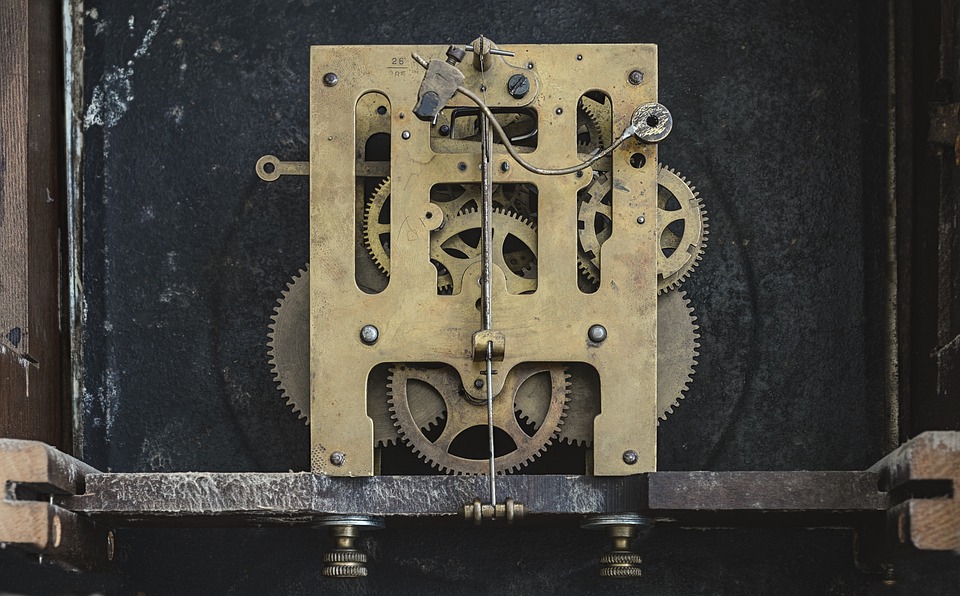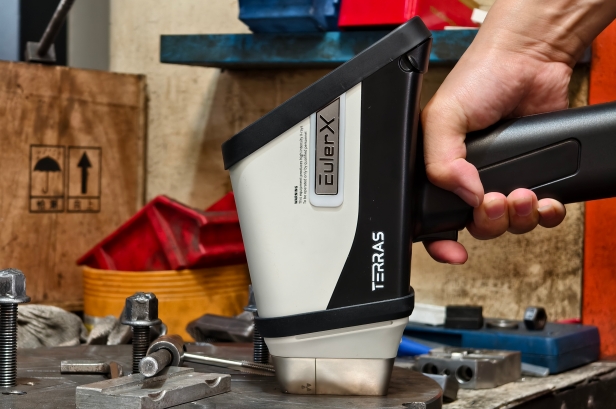
Alloy
A high-tech enterprise focusing on the development and application of X-ray technology products, committed to becoming a leading supplier of X-ray industrial testing solutions.
Unlocking Ancient Mysteries: How Handheld XRF is Revolutionizing Art and Archaeology
Introduction: When Modern Technology Meets Ancient Civilizations
In the dim passageways of Egyptian pyramids and before the weathered murals of Dunhuang's Mogao Caves, archaeologists and art conservators have long faced a dilemma: how to study the material secrets of precious cultural relics without causing damage? This centuries-old challenge has now been perfectly resolved by a groundbreaking technology—the handheld X-ray fluorescence analyzer (Handheld XRF).
In-Depth Look at XRF Technology: Principles and Advantages
1. Scientific Principles
X-ray fluorescence (XRF) analysis is based on fundamental principles of atomic physics. When high-energy primary X-rays irradiate a sample, they excite inner-shell electrons (such as K-shell or L-shell) to transition. During this process, outer-shell electrons immediately fill the inner-shell vacancies, simultaneously releasing secondary X-ray fluorescence with specific energies. Since the characteristic X-ray energy emitted by each element is unique, the elemental composition of the sample can be accurately determined by detecting these characteristic energies.

2. Technical Features
Modern handheld XRF analyzers typically include the following core components:
Miniature X-ray tube (operating voltage usually 40-50kV)
High-performance silicon drift detector (SDD)
Multi-channel pulse height analyzer
Intelligent data processing system
3. Performance Advantages
Compared to traditional laboratory analysis techniques, handheld XRF offers significant advantages:
Non-destructive testing: No sampling required, zero damage to precious artifacts
On-site analysis: Typically weighs <1.5kg, can be used directly at archaeological sites or museum storage rooms
Rapid response: Single measurement takes only 30-120 seconds
Multi-element analysis: Can simultaneously detect elements from magnesium (Mg) to uranium (U)
High sensitivity: Detection limits for most elements can reach ppm levels
Revolutionary Applications in Archaeology
1. Artifact Provenance Studies
Case study: Analysis of bronze artifacts from China's Sanxingdui site
Through large-area scanning of bronzes with handheld XRF, researchers discovered:
Distinct regional characteristics in copper-tin-lead ratios
Distribution of trace elements like arsenic and antimony revealing ore sources
Variations in elemental composition among artifacts from different sacrificial pits
2. New Paradigms in Cultural Heritage Conservation
Application case by Dunhuang Research Academy:
Pigment analysis of murals: Precisely identified over 30 mineral pigments including cinnabar and atacamite
Salt damage monitoring: Quantitatively tracked changes in soluble salt content in mural plaster layers
Restoration material matching: Ensured compatibility between new materials and original components
3. Intelligent Artifact Authentication
The Palace Museum in Beijing developed an XRF data-based authentication system:
Established elemental database for over 5,000 imperial porcelain pieces
Developed AI comparison algorithms with 92% authentication accuracy
Successfully identified modern elemental markers in several high-quality replicas
Breakthrough Progress in Art Research
1. Decoding Masters' Techniques
Findings by the Van Gogh Museum in Netherlands:
Early works commonly contained zinc (from inexpensive zinc white pigment)
Later works began using expensive cadmium yellow (containing Cd)
Some paintings showed abnormal lead levels, revealing canvas reuse
2. Discovering Hidden Images
Uffizi Gallery's XRF scanning revealed:
Underdrawing modifications in Botticelli's "Primavera"
Charcoal sketches beneath Leonardo's unfinished works
Mercury detected in multiple oil paintings, confirming vermilion pigment use

Terras EulerX900 Handheld Alloy Analyzer
3. Conservation Early Warning System
The Louvre's monitoring system:
Quarterly elemental scanning of the "Mona Lisa"
Established lead white oxidation rate model
Predicted potential deterioration patterns after 50 years
The EulerX 900 handheld XRF analyzer delivers fast, accurate metal analysis with lab-quality results in seconds. Its ergonomic design features a 5-inch touchscreen, 1600+ alloy grade library, and 10-12 hour battery life, making it ideal for alloy ID, QC, and scrap sorting in any field location without sample preparation.
Conclusion: Technology Safeguarding Civilization's Legacy
Handheld XRF technology is reshaping how we study history. From the golden masks of Egyptian pharaohs to inscriptions on Chinese bronzes, from Renaissance oil paintings to Silk Road murals, this technology allows us to examine humanity's treasures with fresh perspective. As the Director of Conservation at the British Museum stated: "XRF isn't just an analytical tool—it's a time machine connecting past and present."
In this era of rapid technological advancement, we bear greater responsibility than ever to protect these irreplaceable cultural heritage. Handheld XRF technology stands as a vital instrument in fulfilling this mission.
Join Us
Subscribe to our email list for updates & promotions.



